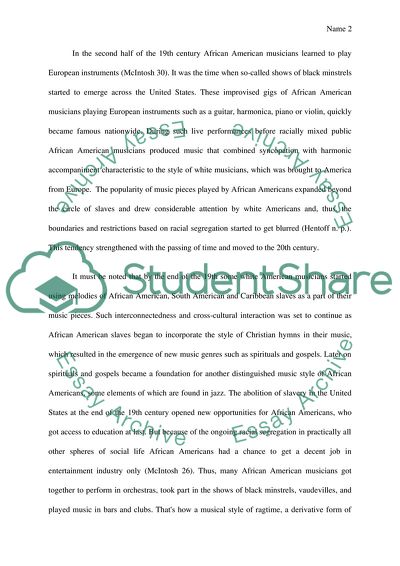Cite this document
(Effect of Jazz on Race Relations in the 20th Century Essay Example | Topics and Well Written Essays - 1500 words, n.d.)
Effect of Jazz on Race Relations in the 20th Century Essay Example | Topics and Well Written Essays - 1500 words. https://studentshare.org/music/1872787-effect-of-jazz-on-race-relations-in-20th-century
Effect of Jazz on Race Relations in the 20th Century Essay Example | Topics and Well Written Essays - 1500 words. https://studentshare.org/music/1872787-effect-of-jazz-on-race-relations-in-20th-century
(Effect of Jazz on Race Relations in the 20th Century Essay Example | Topics and Well Written Essays - 1500 Words)
Effect of Jazz on Race Relations in the 20th Century Essay Example | Topics and Well Written Essays - 1500 Words. https://studentshare.org/music/1872787-effect-of-jazz-on-race-relations-in-20th-century.
Effect of Jazz on Race Relations in the 20th Century Essay Example | Topics and Well Written Essays - 1500 Words. https://studentshare.org/music/1872787-effect-of-jazz-on-race-relations-in-20th-century.
“Effect of Jazz on Race Relations in the 20th Century Essay Example | Topics and Well Written Essays - 1500 Words”. https://studentshare.org/music/1872787-effect-of-jazz-on-race-relations-in-20th-century.


